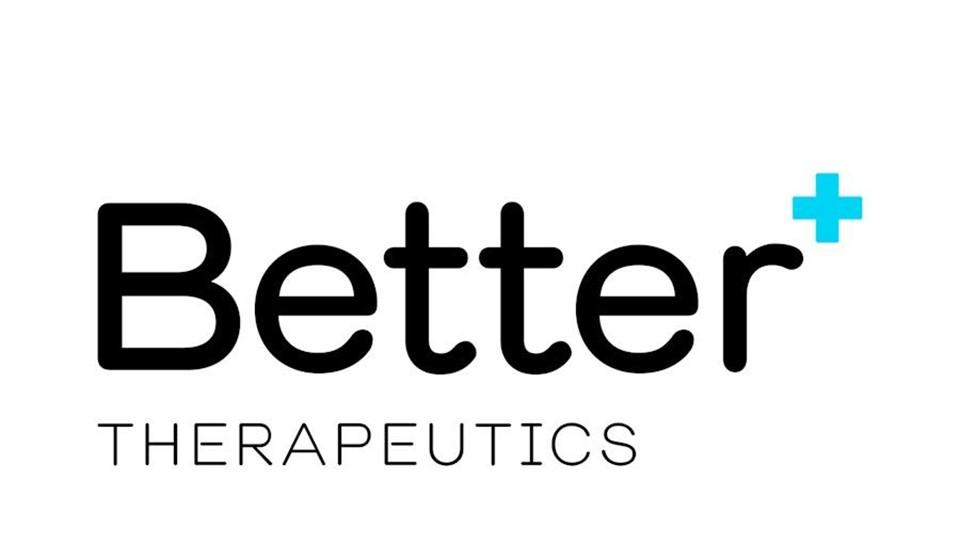NICE not convinced yet by Mounjaro for diabetes

Eli Lilly is riding high on new data for its experimental obesity therapies, but it suffered a setback in the UK as cost-effectiveness watchdog NICE rejected the use of one of them – Mounjaro – as a treatment for type 2 diabetes.
The health technology assessment (HTA) agency said it needed more evidence on both the clinical benefits and cost-effectiveness of Mounjaro (tirzepatide) before it can be recommended for NHS use in draft guidance on the drug.
Mounjaro was approved by the Medicines and Healthcare products Regulatory Agency (MHRA) last October as an adjunct to diet and exercise for overweight or obese type 2 diabetics, and is also being developed as an obesity therapy.
Lilly is hoping to position the once-weekly injectable GIP and GLP-1 agonist as a later-line option for diabetic patients who have previously tried older GLP-1-targeting drugs.
At the moment, the NHS can offer treatment with Novo Nordisk’s Ozempic (semaglutide) and Lilly’s Trulicity (dulaglutide) - both given as once-weekly injections - or Novo Nordisk’s oral formulation of semaglutide called Rybelsus, or its once-daily injectable Saxenda (liraglutide).
According to Diabetes UK, more than 4.9 million people are living with diabetes in the UK, 90% of those with type 2.
NICE said its appraisal committee recognised that fewer than two-thirds of adults with type 2 diabetes can control their blood glucose effectively using current drugs, and new treatment options were needed. However, it said there were gaps in the data for Mounjaro that made it difficult to arrive at a decision on its cost-effectiveness.
For example, while trials show that Mounjaro is more effective at controlling blood glucose and helping diabetics lose weight than either Ozempic or insulin therapy, a meta-analysis suggesting it was better than all GLP-1 drugs was “uncertain”. NICE also said there was still not enough data on the durability of Mounjaro’s health benefits compared to other GLP-1 agents.
Overall, the draft guidance says it is not yet established whether Mounjaro represents value for money, said the HTA.
“Type 2 diabetes is becoming more prevalent in society, so new treatment options are needed to help people with it to control their blood glucose levels,” said NICE’s director of medicines evaluation, Helen Knight.
“Our committee can see the promise in tirzepatide but it requires more evidence to be able to evaluate both its clinical and cost-effectiveness,” she added.
The draft guidance is now open for a public comment period, and Lilly has been asked to submit more data for the panel to review before its next meeting, scheduled for 1st August. Final guidance is expected to be published in October.
NICE has also backed the use of Novo Nordisk’s higher-dose Wegovy formulation of semaglutide for people with obesity and at least one other weight-related health condition, which can include diabetes. The drug hasn’t yet been launched in the UK, however, due to supply constraints for the active ingredient.
Earlier this month, the UK government launched a £40 million pilot programme that could see access to the drug rolled out quickly through GPs once it becomes available.
According to government figures, obesity costs the NHS £6.5 billion a year.










.jpg?itok=nlfzPxTK)

